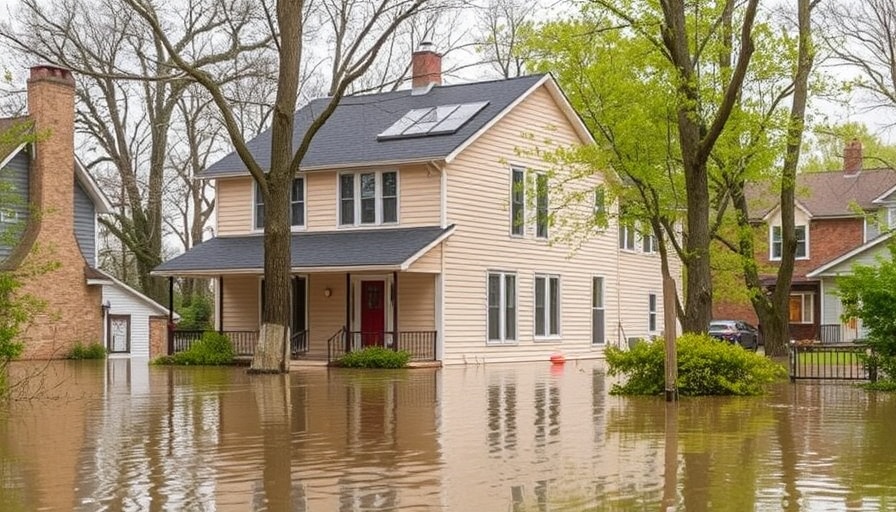
Understanding the Risks: Train Derailments and Hazmat Spills
Every couple of months, a train derailment involving hazardous materials occurs in the U.S., prompting serious questions about community preparedness and response capabilities. With over 1,000 gallons of hazardous materials spilled in a single incident and nearly half of these derailments leading to evacuations, it's evident that many towns along rail lines are not fully equipped to handle such emergencies.
The Hidden Hazard: Communities at Risk
According to a recent investigation by the University of Maryland's Howard Center for Investigative Journalism, many communities are unaware of the hazardous materials that travel through their backyards. Analysis revealed that over six months, approximately 130,000 rail cars carrying hazardous materials traversed regions inhabited by about 2.5 million residents, near numerous schools and hospitals. Jamie Burgess, a hazmat training director at the International Association of Firefighters, highlights a critical gap: "Most communities are probably not aware of what chemicals are going up and down the railroads in their backyard, day in and day out." This lack of awareness presents a significant risk, especially when immediate response is required during an emergency.
First Responders: The Frontline Fighters
First responders are on the frontline when there's a hazmat incident, yet many fire departments lack the necessary training and equipment. Only about one in five U.S. fire departments has a specialized hazmat team. In the event of a catastrophic derailment, these first responders often must rely on a patchwork of support from neighboring departments and specialized teams, which may take crucial hours to arrive. As seen during the Norfolk Southern train derailment in East Palestine, Ohio, a significant delay (more than an hour) occurred before trained hazard specialists reached the scene, leaving local firefighters to initially manage the situation alone.
The Need for Improved Training and Resources
The 2024 figures indicate that the railroad industry funded hazmat training for at least 80,000 first responders, which, while significant, represents just a small fraction of the estimated 1 million firefighters across the country. Paul Stancil, a former senior hazardous materials accident investigator, emphasizes the overwhelming nature of these incidents for local firefighters: “It’s usually the first time that they’ve ever dealt with something like this, and they’re overwhelmed in the beginning.” How can communities better prepare for the inevitable hazmat incidents that may arise due to train derailments? The answer lies in an enhanced focus on training and resources for local responders.
Lessons from Past Incidents: A Call to Action
What does it mean for the average citizen living near rail lines? Simple: Knowledge is power. Communities need to advocate for better training for local firefighters and clearer communication regarding what hazardous materials transit their neighborhoods. With the volume of hazardous materials transported over railroads reported to exceed two million shipments in 2024 alone, ensuring adequate preparation and response capability is not just a local issue but a national imperative.
Community Engagement: Creating Safer Urban Designs
Community input and engagement are critical. Those living near rail lines should engage proactively with local government and emergency responders to understand the challenges and develop plans. This can include conducting local safety drills, investing in community education regarding possible risks and awareness of nearby hazards, and advocating for local policies that ensure rigorous safety measures during road and rail transport of hazardous materials.
Conclusion: Expenses of Ignorance
The knowledge and awareness about hazardous materials and their transportation can save lives. For vehicle owners dealing with accident-related property damage, understanding the accused complexities of filing an insurance claim process, especially when dealing with hazardous materials in potential accidents, is crucial. Educate yourself about the risks that train derailments pose in your community and advocate for the training of first responders. If you find yourself in a situation where your claims are denied or subjected to complex negotiations, don’t hesitate to reach out for guidance on the insurance settlement process to ensure you receive the compensation owed to you.
Call to Action: Consider collaborating with local advocacy groups to promote better preparedness for emergencies related to train derailments. Stay informed and ensure your community is ready to respond effectively.
 Add Row
Add Row  Add
Add 




Write A Comment